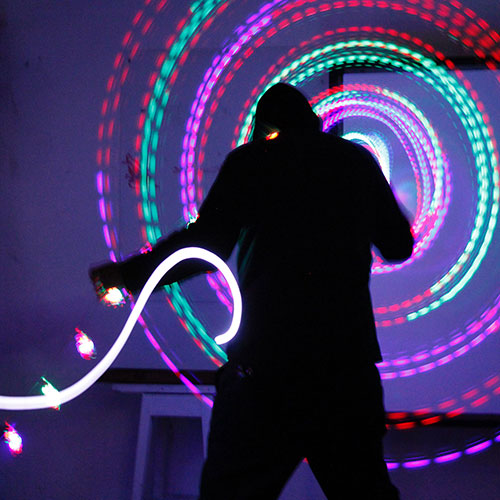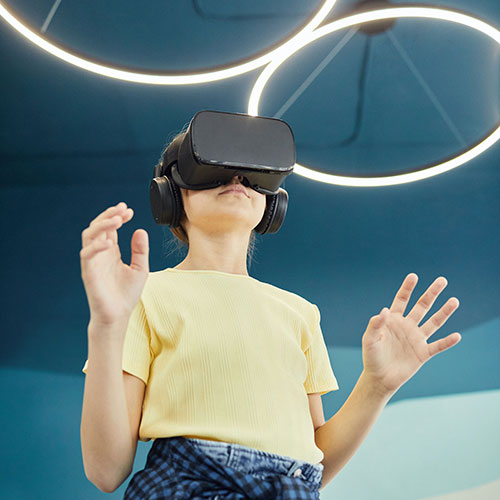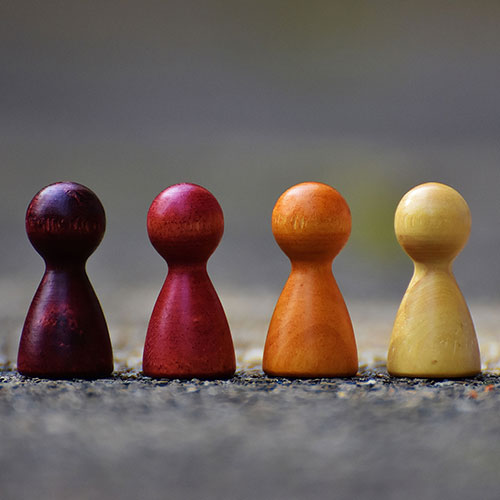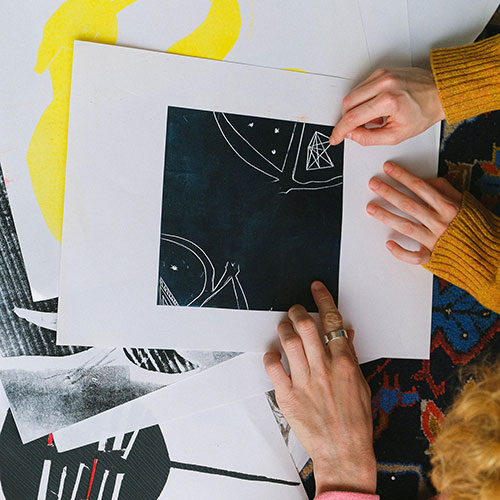C:Hub audio arts and technologies
Creator(s)/participant(s):
Angelos Floros, Assistant Professor (tenured), Department of Audio and Visual Arts, Ionian University
Vasilis Alexandrou
Happiness Relay: Why not leave them in peace? Happiness Relay is an installation that allows participants to be engage in personal or group performance. The project highlights the binary mode of western philosophy based on Aristotle’s theory of dualism in contradiction to Plato’s ideas of equality (Liu, 2019). This project underlines the violence faced by people worldwide, a steadily growing trend that intervenes as a host in people’s daily lives. Happiness Relay uses silence to monitor human stress and set a threshold for the utopian and / or dystopian environment of our time.
Nationalist violence, racial violence, gender violence, ideological violence, economic violence, are just the beginning of a long list of recorded conflicts. With the rise of individualism, a phenomenon of society in the Information Age, every diversity has developed its dipoles, not necessarily for improving the quality of life but for the parasitic survival of its species, leading things mathematically to confusion, a subject where Gary Hill prophetic negotiated in 1984 in his first film ‘Why Do Things Get in a Muddle?’.
This installation welcomes visitors to a room where silence illuminates the space and noise plunges it into darkness. A luminous square formed on the floor by LED strips identifies the position of the microphone providing the required security to the visitors in blackout conditions. The central position of the microphone encouraging people to move on in a circular path, around it. The microphone records the volume of sound of the room. A relay opens and closes the lights according to audience behaviour. Any tiny sound give the signal to relay to shift from light to darkness. The dynamic shifting of the audience between order and disorder updates the boundary of the two states in real time. A machine learning algorithm uses the logarithmic relationship* of information to define the new threshold and shape the transition from state A to state B and vice versa.
The threshold is related to the acoustic signal of human activities. The relay opens and closes the electrical circuit having as controller the degree of uncertainty of the system. The room is lit by a bright sign (made of LED strips) that writes the word ‘HAPPINESS’. Happiness Relay creates a framework in which it exposes the unsuspecting audience to the conflicting nature of the environment happiness / misery. The participants roam in embarrassment. Their behaviour is digitised, leading participants to a regression between symmetrical environments. The microphone detects sound activity. Silence turns on the lights, when it is violated then the lights go out. The switch is implemented using a relay. The audio footprint of the participants' behaviour in the room is recorded, digitised and an algorithm controls the light in the room. The system forms an environment of oscillation between two symmetrical states of light and dark, which is regulated by silence and its disturbance. Silence lights up the room, disturbing it leads to darkness. The threshold that determines when the disturbance condition will be applied is a dynamic parameter of the system. The algorithm trains the controller to decode the degree of order and disorder of the space and adjust the threshold. This work aims to explore the concept of stillness, confusion and happiness.
Ultimately the process of interaction where it is completed by constantly switching symmetrical environments from “Happiness” to “non-Happiness” is identified as futile and does not create sustained pleasure for visitors. The project reminds to the participants that happiness is a tiny moment, it doesn’t last much in time because things are constantly led to confusion. Happiness Relay project is a part of the research program HAL (Hub of Artistic Laboratories) of the Department of Audio and Visual Arts of the Ionian University.
I = -log2P (where I is the information and P is the probability), using Shannon’s axiom that information is what one does not know.
The technical know-how for that artwork was developed through research in the Hub of Art Laboratories programme.




 C:Ηub Audio Arts and Technologies
C:Ηub Audio Arts and Technologies  C:Ηub Animation
C:Ηub Animation  C:Ηub 3D Performances and Animation
C:Ηub 3D Performances and Animation  C:Ηub Interactive and Telematic Interfaces
C:Ηub Interactive and Telematic Interfaces  C:Ηub Gamification
C:Ηub Gamification  C:Hub Creative Concept
C:Hub Creative Concept 

